In my long exposure category, you will find a mixture of projects that use long exposures to create interesting effects and you will also find projects where long exposures have been used to capture the beauty of a scene or setting. Long exposure photography tends to take more planning but the results can be quite stunning.
Waterfalls make great subjects for long exposures. It helps if you have ND filters to hand but in this case I was lucky in some ways as the weather was quite overcast, so the light was not too much to take long exposure shots without overexposing the image.
The longer the exposure, the more silky the water becomes. Of course you can overdo it so it's important you spend time finding that sweet spot where the effect is still leaving evidence of motion in your shot.
The same is true for under doing it, this image is the same shot but instead of using 1/4th second at F22, this image uses 1/60th second at F5, the difference is quite striking.
The silky water in the first image is as a result of the long exposure smoothing out the image where the movement of the water is in frame.
For me, the key with capturing the perfect silky water effect is finding the right balance between the length of the exposure and the depth of field.
An over exposed image is not going to look great, the water will just look whited out and the definition in the rest of the scenery could be lost. So finding a good aperture to work with and the right filters (Where needed - depending on the ambient light) plus using the must have tripod and possibly a shutter release cable or remote trigger (Or timer if you don't have either of these) will be a must for this type of photography.
Whilst it is important to have a long enough exposure to create that lovely silky smooth effect, it is also important to leave enough motion visible in the water for you to still feel the water is rushing over the edge. It is also important not to zoom in too much on the waterfall itself and forget that the image needs some context.
A shot that leave the viewer wondering what is going on in the frame is not the one that is going to capture the imagination. So remember to keep enough context in the frame as you can while maintaining the focus of your shot.
As with so many of my articles, I cannot forget to mention the importance of framing, some times the use of foreground imagery like the trees in this case, can add to the interest in the picture, the extra depth that this creates gives the viewer a different perspective on the shot and can make them feel they are in the shot, looking through the foreground and seeing the scene for themselves.
Fireworks make great photography subjects, but have you ever tried capturing a firework and the results seemed flat or without any real depth to the result? In this article I will explore one of my favourite annual photo opportunities - The British Musical Firework championships held in Southport.
The settings that I have used for this shoot were 6 seconds exposure at F10 and an ISO of 80.
As you will realise, the 6 seconds meant that the camera was set on a tripod, though the position of the tripod was really important, too low down and it would have been overcrowded by the crowds of people and would have risked losing the bottom of the scene in the firework display which for me was an important feature to the shot I was after. The height of the tripod meant that I would have needed a step to stand on behind the camera, so my trusty remote shutter release was employed.
After a few test shots (Luckily the fireworks go on over several hours with multiple shows) I was able to determine that 6 seconds was about enough to capture a whole firework (With a second or so either side) from its initial firing through to its crescendo and by adjusting my ISO and Aperture to ensure I wasn't over exposing the shot.
This meant that the images captured the whole trail of light created by the firework, plus importantly for me, capturing enough overlapping fireworks to fill the scene. This image is an example of a fairly sparse shot and while it works because of its simplicity (And the crowds - More about this later), for me this image could do with a little bit more.
Framing the image is really important with firework photography. A single firework in a dark sky with no reference to frame it, while interesting, is likely to be quite lost.
Adding context to that same firework, like trees or buildings or in this case crowds, will turn a fairly flat image into one that tells a story and after all, that's what a photographer is trying to do, to capture a moment in time and to say something to the viewer. So, when framing your photographs of fireworks, don't rush in and forget about the whole scene as you might get some great fireworks but lose the depth of the picture.
This is one of my favourite shots from the evening. The fireworks seem to draw sparklers in the sky. The white swirls reaching up from the ground with vibrant green and red sparkles seeming to fizz from the top of the shafts of white.
The whole scene in this image paint s a picture of a wonderful night sky being filled with an amazing light show, surrounded by crowds of onlookers.
The trees in silhouette with the night sky really emphases them and for me, gives the whole image depth and tells a story.
About this site
TerryInnsPhotography.com has been developed by Terry Inns with the aim of sharing tips tricks and ideas to help fellow amateur photographers in accelerating their own photography tips and skills. If you would like to support this site, please use the contact link and get in touch..
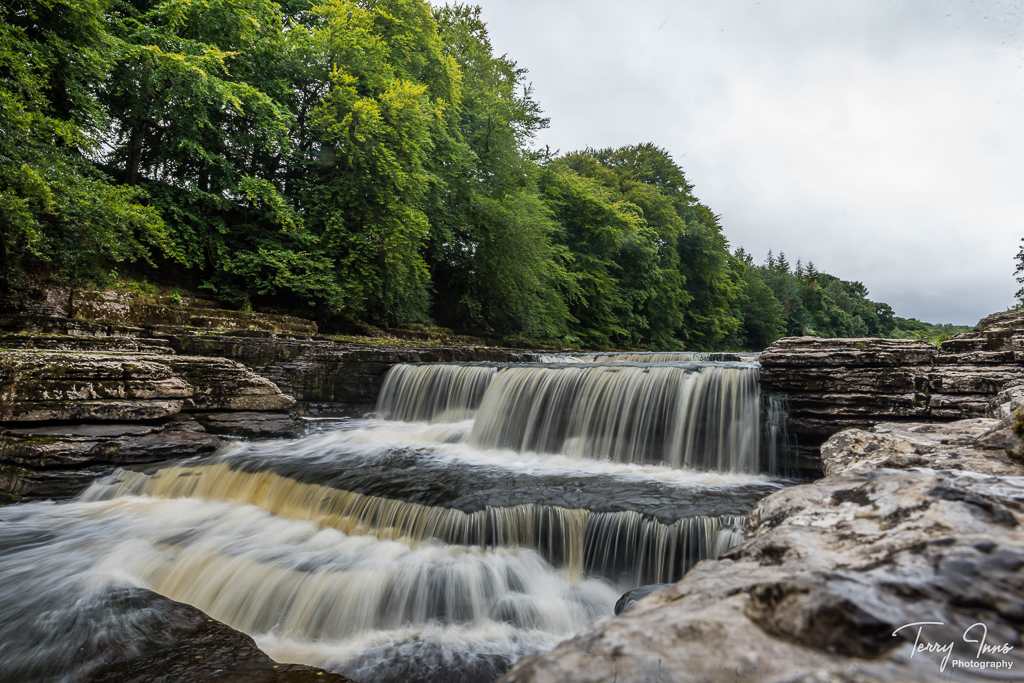
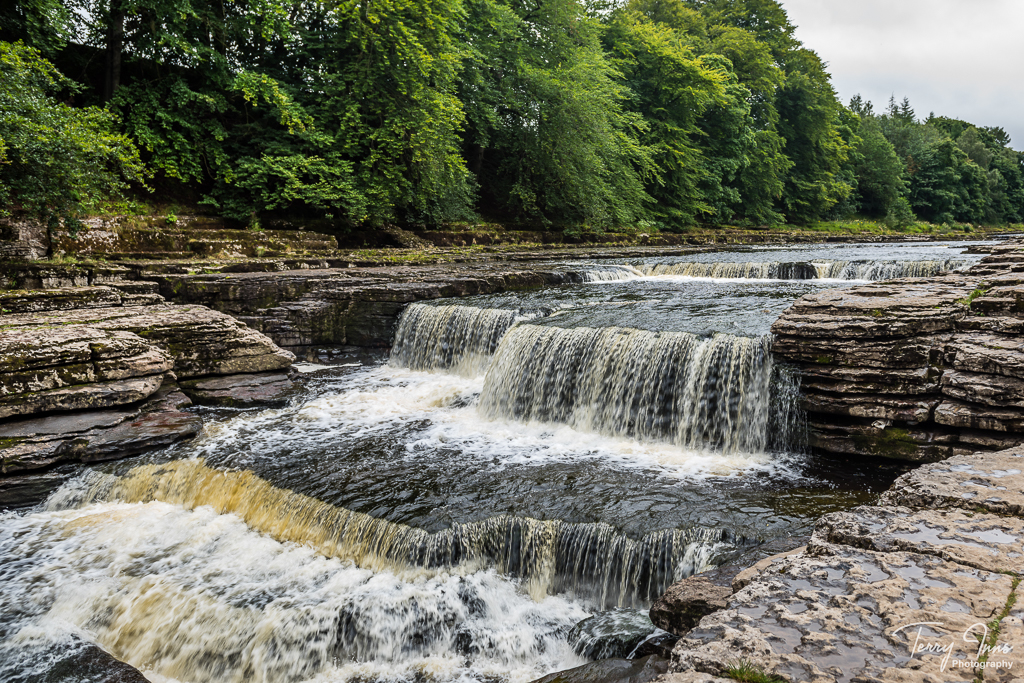
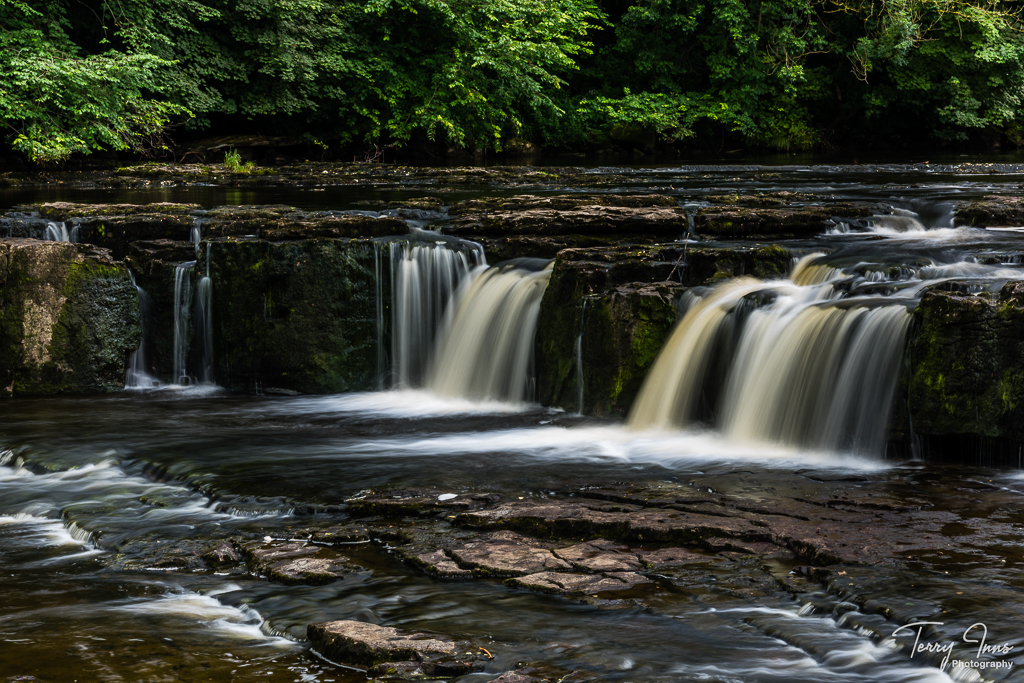
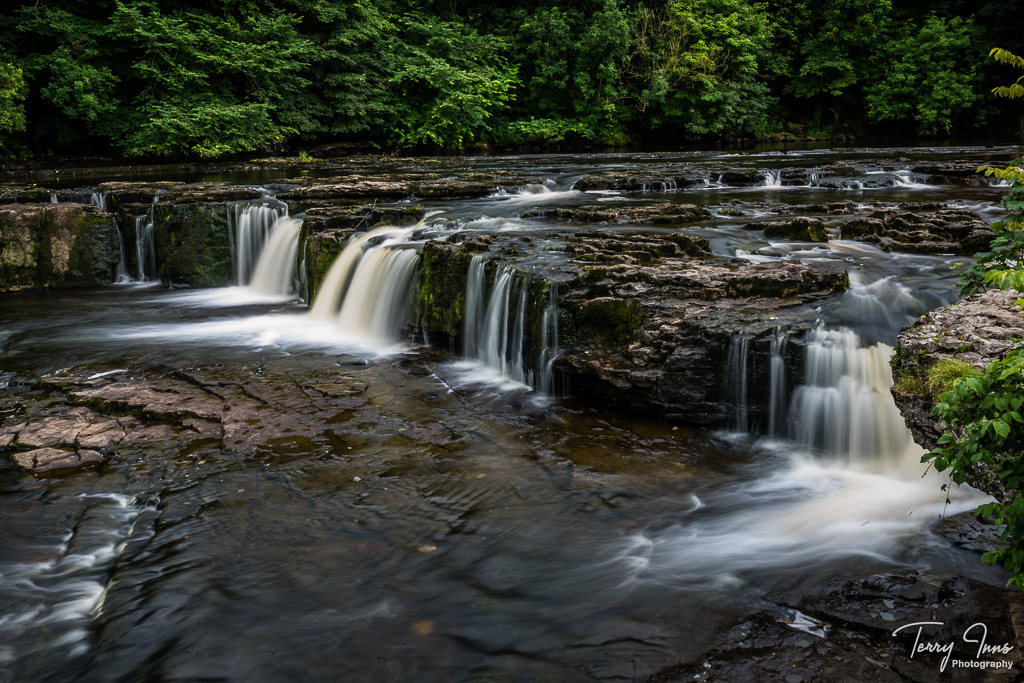
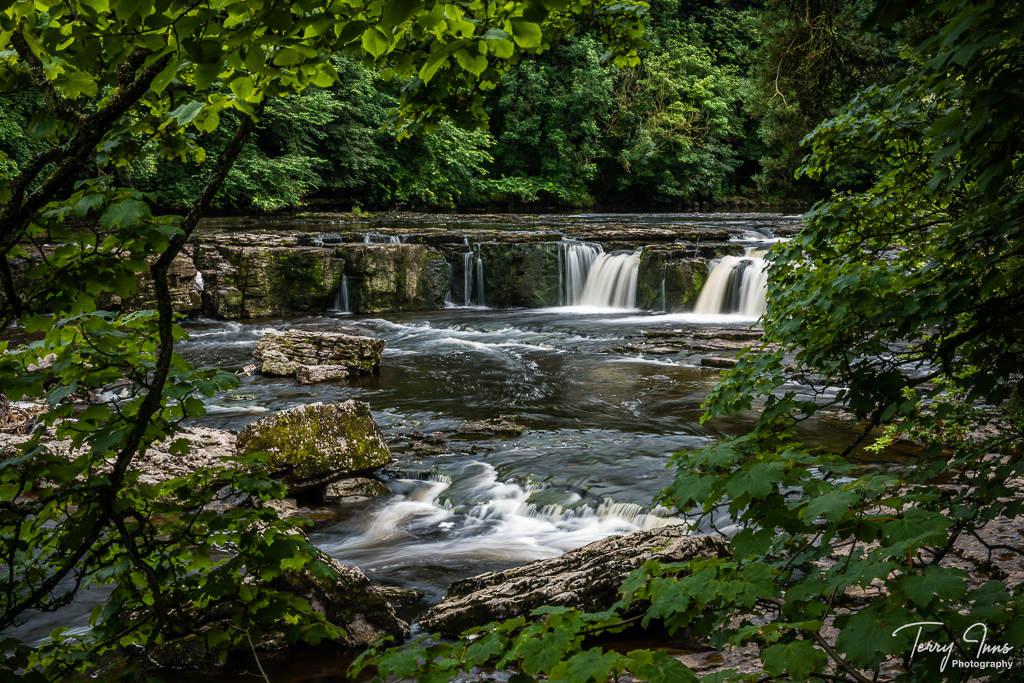
.jpg)
.jpg)
.jpg)
.jpg)
.jpg)
.jpg)
.jpg)
.jpg)
.jpg)
.jpg)